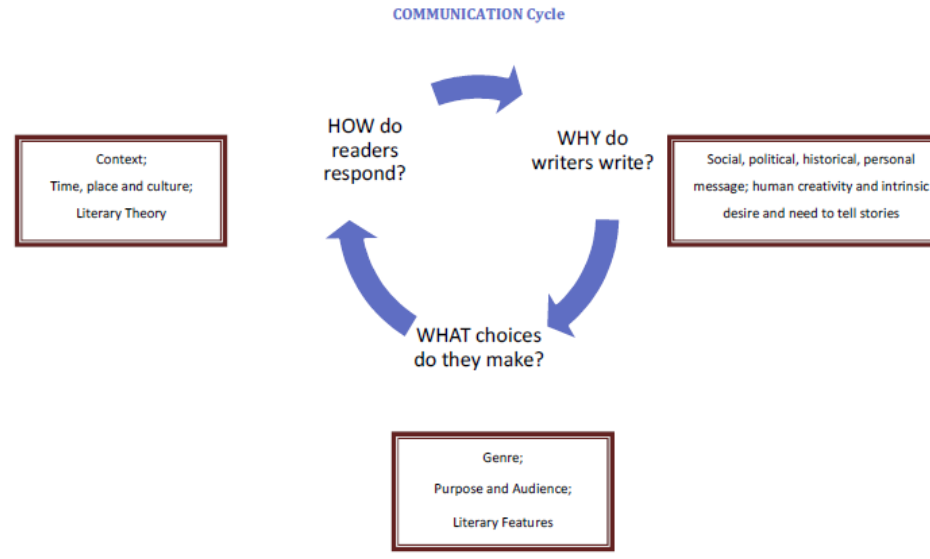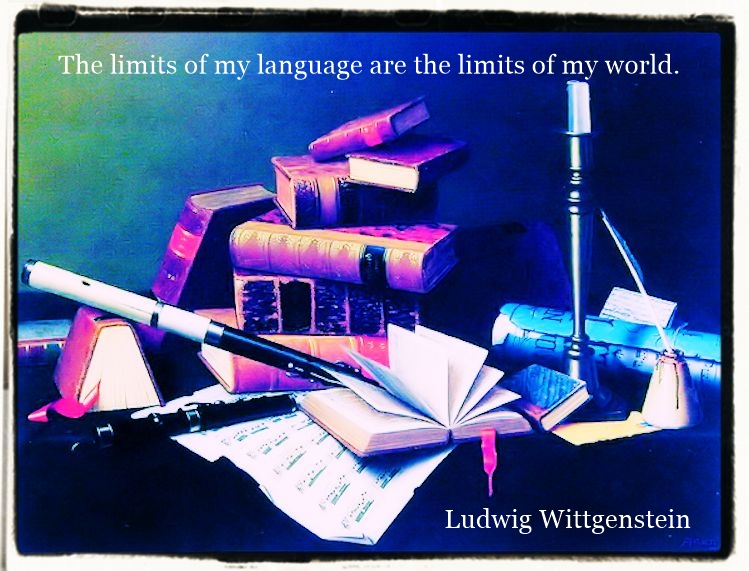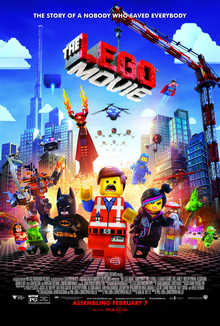Considering the evolution and development of texts has always been of key concern to the student of language and of literature. Exploring the connections between texts, how one influences another, how ideas develop, how writers are inspired, and how genres evolve is essential to understanding why intertextuality became a central tenet of the newly designed Language & Literature course.
The Communication Cycle
To be really successful in this subject, you really need to get to the heart of the core conceptual understanding of the nature of written and spoken communication. Only from a starting-point of a core framework of the cycle of communication can you begin to reflect on your reading and comprehension, on what you are writing about and for whom, and what is being asked of you in each of the different assessments.
 With any text or work of literature that you are reading or studying, consider how it came about. At some point, someone decided to write (or speak). Why? What message did they want to convey? Or perhaps there is just something innate within us that makes us want to create. Either way, the context of our creation (who we are? Where we are? What affects us?) is a crucial consideration.
With any text or work of literature that you are reading or studying, consider how it came about. At some point, someone decided to write (or speak). Why? What message did they want to convey? Or perhaps there is just something innate within us that makes us want to create. Either way, the context of our creation (who we are? Where we are? What affects us?) is a crucial consideration.
Once the decision is made to write, what choices are made? What type of text is it? In what genre? What stylistic or literary choices are made (consciously or unconsciously) in the creation process?
Now we must consider how readers respond (what is their context and how does it influence their reading of a text?). Will that change as time, place and culture changes? And to complete the cycle, how does the reading of one text inspire writers of new texts, and how do those texts they have read embed themselves, consciously and unconsciously, in the new texts?
The final stage of this cycle - at the top of the image - begins to explore the concept of intertextuality. It has always been a concern of the IB in their literature and language studies, but unlike 'Readers, writers, texts' and 'Time and place' it was often forgotten about in classrooms. Now the evolution of genres and connections between texts is central to the course construction and, one would think, to how top performing students would respond in assessments.
What interextuality is (and what it isn't)
We tend to think of intertextuality as being synonymous with allusion, i.e. the referencing of one text or work in another. Shakespeare's plays were chock-full of Biblical and Classical allusions that were so common and well-known amongst even the large number of illiterate members of his audience that complex imagery, the like of which we need a reference guide on the adjacent page to untangle, were as ingrained in popular culture as if he were simply talking about Yoda, Darth Vader or The Dark Side today.
Write down as many literary works that you know to use the technique of allusion.
Now see if you got any of mine:
The Lego franchise was resurrected in the 2000's by its use of intertextuality and / or allusion. Deconstruct this film poster and identify the use and purpose of the interextuality:
Don McLean's famous song, American Pie, told a story about the death of music through making allusions to other artists, lyrics and imagery. Can you identify who is being discussed as coming after Buddy Holly and his famous death?
All of these could be argued to be allusion rather than intextuality. Think of allusion as a subset of intertextuality - certainly there is a sense of influence because one text is directly referenced in another in order to play on the connotations a reader or viewer might make from that reference. In this way, it seems to sit happily at the top of the Communication Cycle:
However, it can also be simply examining the evolution of the genre of texts or works. This can apply to literary and non-literary texts, but is clearly explained through literary works. For example, when Jane Austen was writing it was consistently normal to write a chronological narrative. Thus, Emily Bronte's Wuthering Heights, with its non-sequential narrative structure, was radical if not revolutionary. By the time of Arundhati Roy, it is not seen as anything unusual to have a work that constantly shifts back and forth between two time periods and settings, with interesting effects on the novel's thematic meaning and message.
Have a go at selecting a number of texts or works that you think show connection (not only allusion) and / or some degree of evolution of style and genre.
Here are some that I would choose as works of literary drama:
References:
Lord, P., Miller, C. (2014). The Lego Movie. United States, Denmark, Australia: Warner Brothers Entertainment.
McLean, D. (1971). American Pie. United States: The Rainbow Collection.
How much of What is intertextuality (and why does it matter)? have you understood?




 Twitter
Twitter  Facebook
Facebook  LinkedIn
LinkedIn